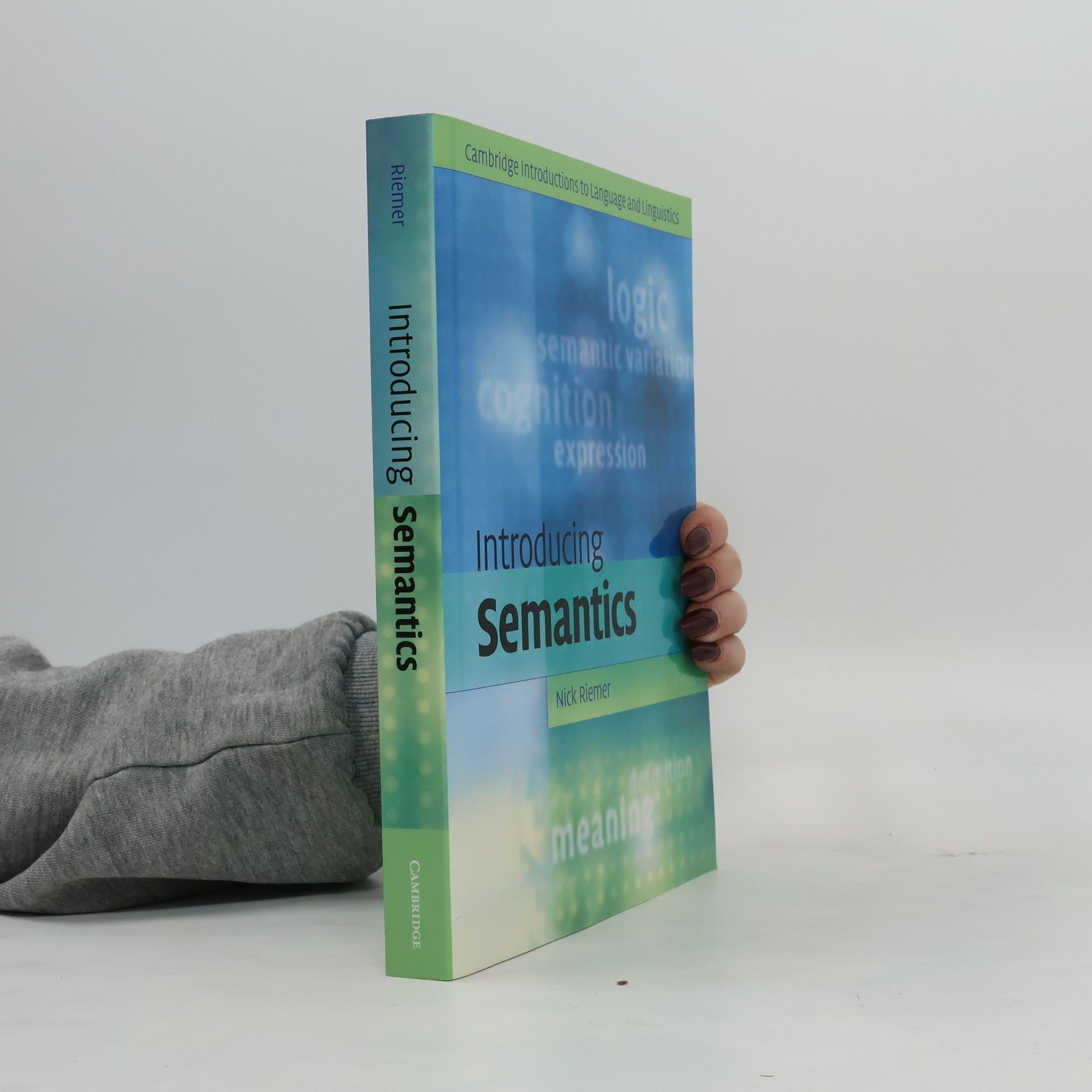Semantics is the study of meaning in language. This clear and comprehensive textbook provides an introduction to the subject for undergraduate students. It not only equips students with the concepts they need in order to understand the main aspects of semantics, it also introduces the styles of reasoning and argument which characterise the field. It contains more than 200 exercises and discussion questions designed to test and deepen readers' understanding. More inclusive than other textbooks, it clearly explains and contrasts different theoretical approaches, summarises current debates, and provides helpful suggestions for further reading. Examples are drawn both from major world languages, such as Mandarin Chinese, Japanese, Arabic, Spanish and English, and from minority ones. The book also highlights the connections between semantics and the wider study of human language in psychology, anthropology, and linguistics itself.
Nick Riemer Bücher


Boycott Theory and the Struggle for Palestine
Universities, Intellectualism and Liberation
Boycott Theory for Palestine aims to advance academic boycott, divestment, and sanctions (BDS) by presenting the fullest and most sophisticated justification for it yet given, demonstrating how the boycott relates to current debates within contemporary political and intellectual life.